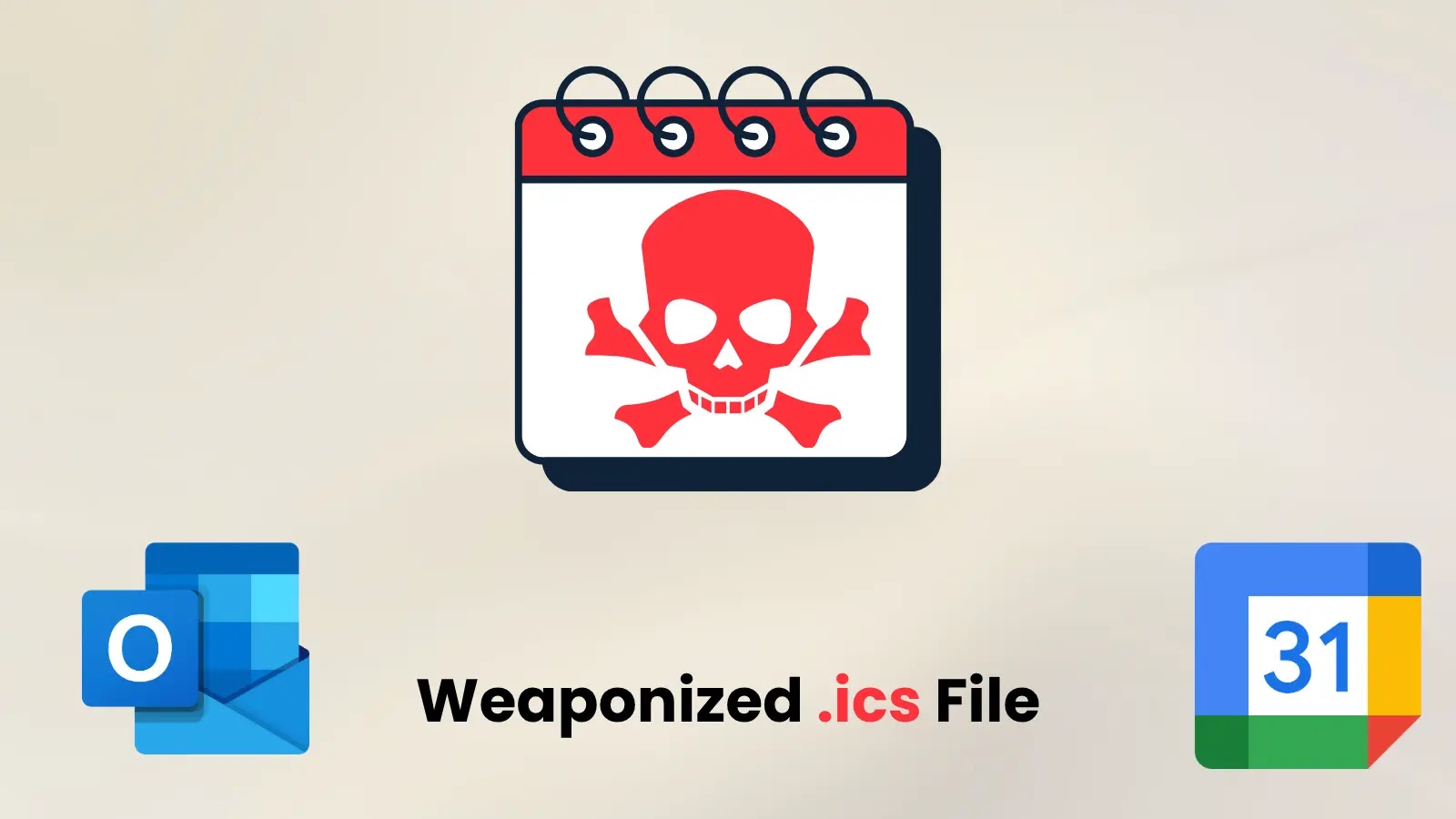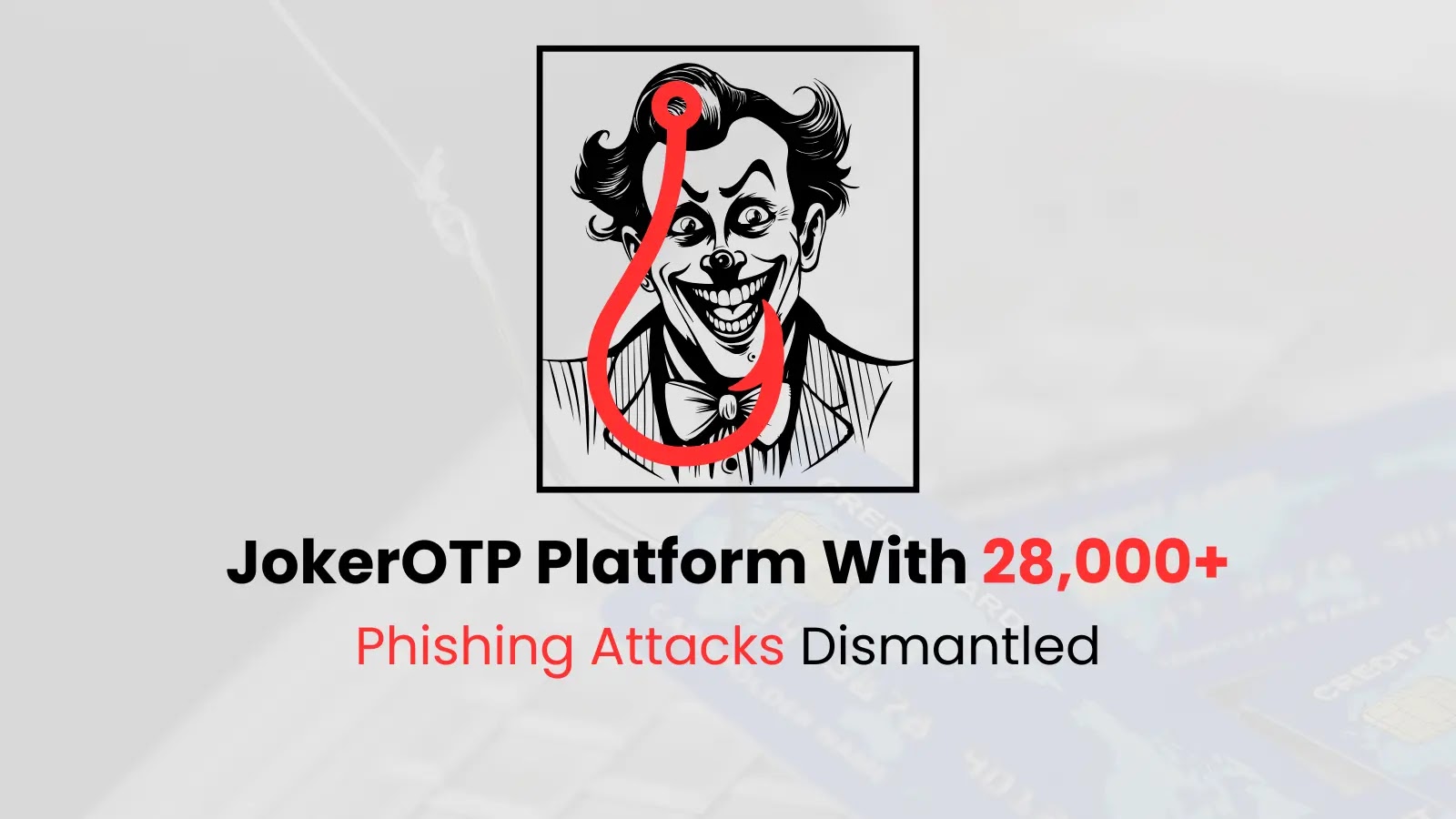Cybercriminals Exploit Calendar Files to Bypass Email Security Measures
In recent times, cybercriminals have increasingly exploited iCalendar (.ics) files as a sophisticated method to circumvent traditional email security defenses. By leveraging the trusted nature of calendar invitations, these attackers deliver credential phishing campaigns, malware payloads, and zero-day exploits, posing significant risks to organizations worldwide.
The Rise of Calendar-Based Phishing Attacks
Over the past year, calendar-based phishing has emerged as the third most prevalent email social engineering vector. Notably, these attacks have demonstrated a 59% success rate in bypassing Secure Email Gateways (SEGs), impacting numerous organizations through the dissemination of thousands of malicious invites.
Understanding the iCalendar Format
The iCalendar format, standardized under RFC 5545, is a text-based protocol designed for the seamless exchange of calendar and scheduling information across various platforms, including Microsoft Outlook, Google Calendar, and Apple iCal. While its simplicity facilitates interoperability, it also creates exploitable vulnerabilities that many security solutions fail to monitor effectively.
An iCalendar file comprises structured components, beginning with VCALENDAR containers that encapsulate VEVENT entries. Each VEVENT contains properties such as DTSTART, DTEND, SUMMARY, LOCATION, DESCRIPTION, and ATTACH.
Exploitation Techniques Employed by Attackers
Cybercriminals manipulate multiple fields within .ics files to embed malicious content:
– DESCRIPTION and LOCATION Fields: These fields can contain clickable URLs that redirect victims to credential phishing pages designed to mimic legitimate login portals.
– ATTACH Property: This property supports both URI references and base64-encoded binary content, allowing attackers to embed malware payloads directly within the calendar file. Security researchers have demonstrated that files referenced by URI in ATTACH properties are automatically embedded when calendar invites are exported or forwarded, enabling silent data exfiltration from victim systems. These base64-encoded attachments can include executable files, malicious scripts, or DLL components that execute without triggering traditional antivirus detection.
– ORGANIZER and ATTENDEE Fields: Attackers can forge the identities of trusted contacts or authority figures in these fields to enhance the legitimacy of the invite. Since calendar invites often originate from reputable services like Google Calendar or Microsoft Exchange servers, they pass SPF, DKIM, and DMARC authentication checks that would typically flag spoofed emails.
Challenges in Traditional Security Defenses
Historically, security tools have focused on attachments that execute code or contain macros, treating .ics files as benign text documents posing minimal risk. Consequently, most email gateways and endpoint filters lack deep inspection capabilities for calendar files, failing to parse BEGIN:VCALENDAR content or examine embedded URLs and base64-encoded data within ATTACH fields. This oversight creates a critical security gap that attackers actively exploit, allowing calendar files to slip through filters designed to catch executables, Office documents with macros, and archive files.
The automatic processing mechanisms built into calendar applications further compound this vulnerability. In certain configurations, Microsoft Outlook and Google Calendar automatically process .ics attachments and create tentative calendar events, even if users never open the originating email or if the email is quarantined by security solutions. This invisible click problem means malicious links become integrated into users’ trusted calendar interfaces, appearing as legitimate business events rather than suspicious emails. When calendar reminders trigger hours or days later, users perceive them as part of their normal workflow rather than potential security threats, dramatically increasing click-through rates compared to traditional phishing emails.
Notable Incidents Involving Weaponized Calendar Files
Several high-profile incidents have highlighted the effectiveness of weaponized calendar files:
– Zimbra Collaboration Suite Vulnerability: A zero-day vulnerability in the Zimbra Collaboration Suite (ZCS), identified as CVE-2025-27915, was actively exploited in targeted attacks. Attackers leveraged this stored cross-site scripting (XSS) vulnerability by sending weaponized iCalendar (.ICS) files to steal sensitive data from victims’ email accounts. The core issue lay within Zimbra’s Classic Web Client, which failed to properly sanitize HTML content within iCalendar files, allowing threat actors to embed malicious JavaScript inside a .ICS attachment. When a user opened an email containing the malicious calendar entry, the script would execute within the user’s active session. Zimbra addressed the vulnerability by releasing patches, though evidence showed the exploit was used before the fix was available. ([cybersecuritynews.com](https://cybersecuritynews.com/zimbra-vulnerability-exploited/?utm_source=openai))
– macOS Calendar App Zero-Click Vulnerability: A critical zero-click vulnerability, tracked as CVE-2022-46723, was discovered in the macOS Calendar app. This flaw allowed attackers to add or delete arbitrary files within the Calendar sandbox environment and execute malicious code without any user interaction. The exploit began with an attacker sending a malicious calendar invite containing a file attachment with an unsanitized filename, enabling a directory traversal attack to place the file in unintended locations on the victim’s filesystem. ([cybersecuritynews.com](https://cybersecuritynews.com/zero-click-macos-calendar-app/?utm_source=openai))
Mitigation Strategies
To defend against these sophisticated attacks, organizations should implement the following strategies:
1. Enhance Email Security Measures: Configure email gateways to perform deep inspection of .ics files, parsing their content to detect and block malicious URLs and attachments.
2. Disable Automatic Processing of Calendar Invites: Adjust calendar application settings to prevent automatic processing of .ics attachments, requiring user interaction to accept or decline invites.
3. User Education and Awareness: Train employees to recognize and report suspicious calendar invites, emphasizing the importance of verifying the legitimacy of unexpected invitations.
4. Regular Software Updates: Ensure all calendar applications and related software are up-to-date with the latest security patches to mitigate known vulnerabilities.
5. Implement Multi-Factor Authentication (MFA): Enforce MFA across all user accounts to add an additional layer of security, reducing the risk of unauthorized access even if credentials are compromised.
Conclusion
The exploitation of calendar files as an attack vector underscores the evolving tactics of cybercriminals and the need for organizations to adapt their security measures accordingly. By understanding the mechanisms of these attacks and implementing comprehensive mitigation strategies, organizations can better protect themselves against this emerging threat.



